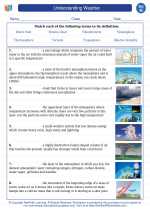Key Concepts in Autophagy
- Types of Autophagy: There are three main types of autophagy: macroautophagy, microautophagy, and chaperone-mediated autophagy.
- Mechanism: Autophagy involves the formation of a double-membraned structure called an autophagosome, which engulfs the targeted cellular components and fuses with lysosomes for degradation.
- Regulation: Autophagy is tightly regulated by various signaling pathways, including the mTOR pathway, AMPK pathway, and PI3K pathway.
- Role in Health and Disease: Autophagy plays a critical role in maintaining cellular homeostasis and is implicated in various physiological processes such as development, aging, and immunity. Dysregulation of autophagy has been linked to a wide range of diseases, including neurodegenerative disorders, cancer, and metabolic disorders.
Study Guide for Autophagy
1. Understanding the Types of Autophagy
Learn about the differences between macroautophagy, microautophagy, and chaperone-mediated autophagy. Understand the specific mechanisms and cellular components involved in each type of autophagy.
2. Mechanism of Autophagy
Study the process of autophagosome formation, autophagosome-lysosome fusion, and the degradation of cargo within the autolysosome. Understand the role of key proteins and regulatory factors involved in the autophagy process.
3. Regulation of Autophagy
Explore the signaling pathways that regulate autophagy, including the mTOR pathway, AMPK pathway, and PI3K pathway. Understand how these pathways sense and respond to cellular stress and nutrient availability to modulate autophagic activity.
4. Role of Autophagy in Health and Disease
Investigate the impact of autophagy on various physiological processes such as aging, immunity, and cellular quality control. Explore the links between autophagy dysfunction and disease states, and the potential therapeutic implications of targeting autophagy for disease treatment.
.◂Science Worksheets and Study Guides Eighth Grade. Understanding Weather
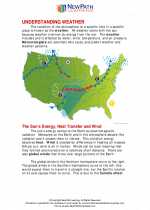
 Activity Lesson
Activity Lesson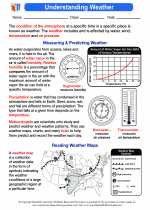
 Worksheet/Answer key
Worksheet/Answer key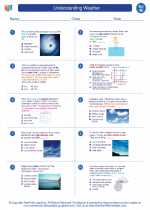
 Worksheet/Answer key
Worksheet/Answer key
 Worksheet/Answer key
Worksheet/Answer key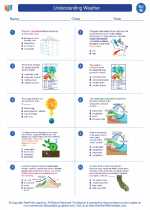
 Worksheet/Answer key
Worksheet/Answer key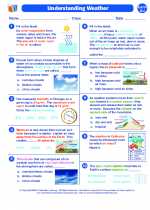
 Vocabulary/Answer key
Vocabulary/Answer key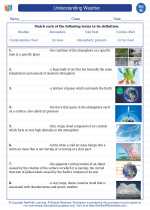
 Vocabulary/Answer key
Vocabulary/Answer key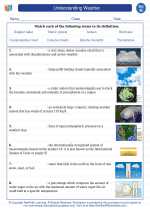
 Vocabulary/Answer key
Vocabulary/Answer key